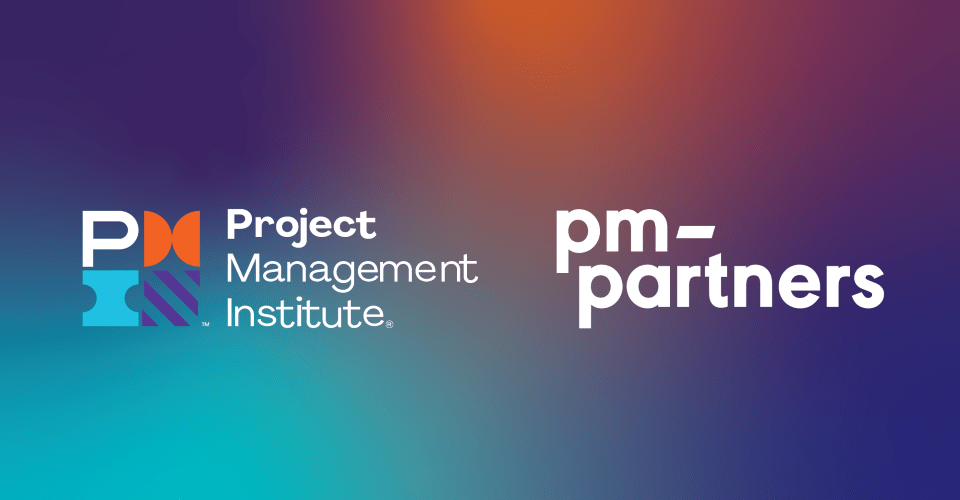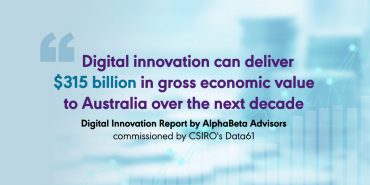Helping employees deal with change in the workplace

Unpredictability and flux may be the new status quo but there is plenty leaders can do when it comes to helping employees deal with change in the workplace. Taking steps to address the psychological safety of your employees at every stage of the change process is a good place to start.
Change is always disruptive no matter when it occurs, but the capacity of employees to absorb change has certainly taken a hit of late. Results from a Gartner survey show that only 19 per cent of HR leaders can report that their workforce are able to effectively change direction based on changing needs or priorities.
Of course COVID is the primary culprit, with research from the NeuroLeadership Institute clearly highlighting the detrimental effect of the pandemic on employees’ mental state. Whether it’s navigating a lack of childcare, insufficient work-from-home space, or concerns about job security, workers have been left feeling anxious, threatened and unable to concentrate.
In this climate, it’s particularly important that leaders go about planning and implementing change in a way that considers the psychological safety of their employees. This means actively role modeling the right behaviours and fostering values such as openness and team spirit so that workers feel both supported and empowered to contribute to a changing organisation.
Here are six ways to be an effective change leader and put this approach into action:
1. Create a compelling vision
A critical first step is to truly understand your drivers for change: what benefit is to be gained from the initiative, or what risk is to be avoided? You can then use this to create a clear picture of the desired end state for your teams. It’s this vision that ultimately provides their motivation to act. As such, it should be compelling, succinct and memorable. Most importantly, you need to be sincere and visible in your support for it. If you don’t show commitment to the vision, you can hardly expect your employees to get behind it either.
2. Proactively communicate
Contrary to popular opinion, it’s up to leadership – not change managers or project managers – to communicate the vision and reasons for change down to other tiers. Line managers in particular need to understand the ‘why’ and grasp the greater context and this needs to come from the top. Effective communication from the outset will help them to rally their teams around a common goal and build strong team cohesion, which according to Gartner creates a capacity for change that’s 1.8 times greater than the capacity of those with low team cohesion.
3. Be realistic and transparent
Effective change leaders are open about how changes will unfold and expected impacts along the way. This approach helps to build trust, which is a major contributor to helping employees deal with change in the workplace. In fact, according to Gartner, employees who report high trust compared to low trust, have an average capacity for change that is 2.6 times greater. Change, particularly complex change, typically doesn’t go to plan so it’s important employees are aware of issues that may emerge. With the right information at the right time they are more likely to stay on side and feel confident in your ability to address any concerns.
4. Involve and engage
Whatever type of change it is, it will always impact individuals and teams as well as organisations. Simply presenting a fait accompli to those materially affect by change will only cause anxiety and push back, particularly as it’s often not the change that people resist but the perceived loss of agency. Rather, Gartner research shows actively engaging employees in all facets of the process can increase the probability of change success by as much as 24 per cent. Seeking input from all involved at an early stage, and actively listening to feedback, can also illuminate issues to support effective decision-making.
5. Allocate sufficient resources
Change efforts are often short on the required resources, not just in the form of time and money but also knowledge and skills. To succeed as an effective change leader you need the right expertise involved throughout the change process, not just in the final stages. To this end, it’s important for organisations to build their change management capability across key areas and continue to educate and leverage existing resources. Adequate investment will help to ensure your employees go through change in a psychologically safe way and are empowered to work towards the outcomes you seek.
6. Be patient and empathetic
As much as you might wish it were the case, people can’t be automatically indoctrinated into accepting and operating with leaderships’ new ways of working, especially in a climate of incessant change. Your employees need time to understand and make sense of the ‘why’ and this can take weeks, or even months – everyone reacts differently to change. Change leaders need to display empathy and seek out opportunities to help their employees contribute. Providing short-term goals to aim for and actively celebrating wins, will help to generate momentum and fuel behaviours that move the change effort forward.
At least for the foreseeable future, it’s likely that employees will continue to grapple with COVID stressors and concerns. It’s also unlikely that our accelerated pace of change will subside. Given this, leaders who promote trust, clarity and team cohesion, invest in building change capabilities, and display genuine empathy towards their employees, are the ones best placed to see their change initiatives thrive.
Find out more about building capabilities across your team/s to help them deal with change in the workplace. Contact the experts at PM-Partners, or call 1300 70 13 14 today.

About The Author
Kerry McLennan
Facilitator
Kerry is a change specialist and facilitator with experience across sectors from IT and finance to professional services and defence. At PM-Partners she shares her knowledge and expertise delivering industry-leading training in multiple disciplines, including globally recognised Change Management, AgilePM® and PRINCE2® foundation to practitioner certification courses. With a Masters in Occupational and Organisational Psychology, Kerry is passionate about co-creating psychologically healthy workplaces for people and teams.








